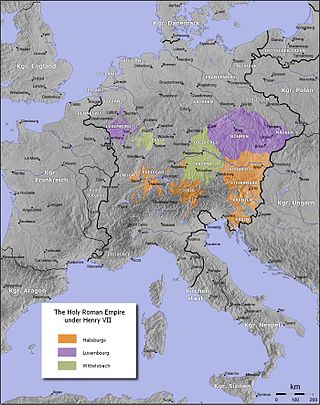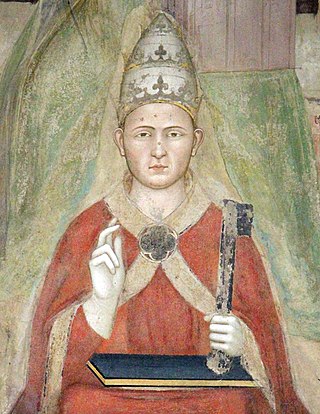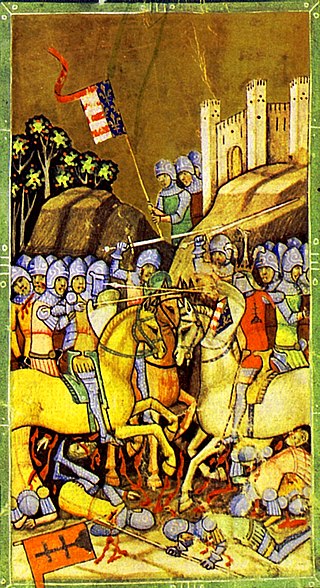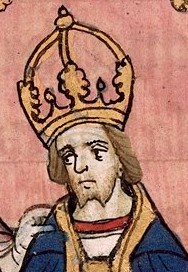The 1300s was a decade of the Julian Calendar that began on 1 January 1300 and ended on 31 December 1309.
The 1310s was a decade of the Julian Calendar which began on January 1, 1310, and ended on December 31, 1319.

Year 1277 (MCCLXXVII) was a common year starting on Friday of the Julian calendar.
The 1250s decade ran from January 1, 1250, to December 31, 1259.

Year 1313 (MCCCXIII) was a common year starting on Monday of the Julian calendar.

Year 1308 (MCCCVIII) was a leap year starting on Monday of the Julian calendar.
The 1240s was a decade of the Julian Calendar which began on January 1, 1240, and ended on December 31, 1249.
The 1280s is the decade starting January 1, 1280 and ending December 31, 1289.

Year 1301 (MCCCI) was a common year starting on Sunday of the Julian calendar.

Year 1304 (MCCCIV) was a leap year starting on Wednesday of the Julian calendar.

Year 1305 (MCCCV) was a common year starting on Friday of the Julian calendar.

Year 1309 (MCCCIX) was a common year starting on Wednesday of the Julian calendar.

Year 1312 (MCCCXII) was a leap year starting on Saturday of the Julian calendar.

Year 1310 (MCCCX) was a common year starting on Thursday of the Julian calendar.

Year 1286 (MCCLXXXVI) was a common year starting on Tuesday of the Julian calendar.

Cangrandedella Scala was an Italian nobleman, belonging to the della Scala family who ruled Verona from 1308 until 1387. Now perhaps best known as the leading patron of the poet Dante Alighieri, Cangrande was in his own day chiefly acclaimed as a successful warrior and autocrat. Between becoming sole ruler of Verona in 1311 and his death in 1329 he took control of several neighbouring cities, notably Vicenza, Padua and Treviso, and came to be regarded as the leader of the Ghibelline faction in northern Italy.

Henry VII, also known as Henry of Luxembourg, was Count of Luxembourg, King of Germany from 1308 and Holy Roman Emperor from 1312. He was the first emperor of the House of Luxembourg. During his brief career he reinvigorated the imperial cause in Italy, which was racked with the partisan struggles between the divided Guelph and Ghibelline factions, and inspired the praise of Dino Compagni and Dante Alighieri. He was the first emperor since the death of Frederick II in 1250, ending the Great Interregnum of the Holy Roman Empire; however, his premature death threatened to undo his life's work. His son, John of Bohemia, failed to be elected as his successor, and there was briefly another anti-king, Frederick the Fair, contesting the rule of Louis IV.

Matteo I Visconti (1250–1322) was the second of the Milanese Visconti family to govern Milan. Matteo was born to Teobaldo Visconti and Anastasia Pirovano.

An uprising of the Guelph faction in Milan led by Guido della Torre on 12 February 1311 was crushed by the troops of King Henry VII on the same day.
The chronology of the later Crusades through 1400 provides a detailed timeline of the Crusades from after the Eighth Crusade, the last of the major expeditions to the Holy Land through the end of the 14th century. This includes the events from 1270 on that led to the Fall of Outremer in 1291 and the Crusades after Acre, 1291–1399.














